When is the Best Time to Visit Kruger National Park?
Kruger National Park, located in northeastern South Africa, is one of Africa’s largest and most iconic game reserves. Spanning over 7,500 square miles, it offers an unparalleled opportunity to experience the beauty of wildlife and diverse ecosystems. The question of when to visit Kruger is often on the minds of travelers looking to get the most out of their safari experience. While the park’s allure is constant, the timing of your visit can impact what you see, how you experience it, and the type of safari atmosphere you prefer.
The best time to visit Kruger National Park largely depends on your interests—whether it’s animal sightings, photography, birdwatching, or simply soaking in the natural beauty of the landscapes. Let’s explore the distinct characteristics of both the dry and wet seasons, so you can choose the perfect time for your Kruger adventure
https://en.wikipedia.org/wiki/Kruger_National_Park
The Dry Season (April – October): Best for Wildlife Viewing and Photography
The dry season in Kruger, running from April to October, is considered the peak time for wildlife enthusiasts. During this period, rainfall is minimal, and the vegetation tends to thin out, making it easier to spot animals. The scarcity of water sources during the dry months forces wildlife to congregate around the park’s waterholes, providing excellent opportunities for close-up animal sightings. This is particularly great for photographers who want to capture shots of elephants, lions, leopards, buffalo, and rhinos gathering in one area.
Weather: The weather during the dry season is typically sunny, with clear blue skies and very little rain. Temperatures are generally warm during the day (but not overly hot), especially in the early morning and late afternoon when animals are most active. Night temperatures can drop, especially in June and July, so it’s advisable to pack warm layers for early morning safaris.
Wildlife Viewing: The dry season is undoubtedly the best time for game drives. The reduced foliage and concentration of animals around water sources make spotting wildlife much easier. Predators, such as lions and leopards, are also more likely to be active during these months as they hunt for prey. Large herds of elephants and buffalo can often be found at watering holes, offering some of the most iconic safari moments.
Crowds: Since this is the most popular time to visit, expect larger crowds, especially in the public areas of Kruger. However, the wide expanse of the park means there is plenty of space for everyone, and there are still quieter corners where you can enjoy a more private experience.
The Wet Season (November – March): Best for Scenic Beauty and Birdwatching
The wet season, from November to March, brings an entirely different experience to Kruger. While it is not as ideal for big game viewing as the dry season, this period offers its own unique charm. Frequent rains transform the park into a lush, green paradise, with vibrant landscapes, an abundance of flowers, and the air rich with the earthy scent of rain.
Weather: Temperatures are generally higher in the wet season, often reaching the mid-30s°C (mid-90s°F). Humidity levels also rise, and thunderstorms are common in the afternoon, adding to the drama of the landscape. While the rains can be intense, they are usually brief, and the sun often shines after a downpour.
Birdwatching: The wet season is a prime time for birdwatchers. Migratory birds flock to Kruger during this period, increasing the bird species count to over 500. The lush vegetation and the arrival of new plants also make it easier to spot vibrant species of birds, such as the lilac-breasted roller, hornbills, and various kingfishers. If you’re a nature photographer or bird enthusiast, this is an ideal time to visit.
Wildlife Viewing: While wildlife sightings may be slightly more challenging due to thicker vegetation and animals scattering more widely for food, the wet season still offers unique experiences. Many of the park’s animals give birth during these months, so visitors can witness the joy of newborn wildlife in the wild. You might also spot smaller, more elusive creatures, such as frogs, insects, and reptiles, who thrive in the warmer and wetter conditions.
Crowds: One of the greatest benefits of visiting Kruger during the wet season is the reduced number of tourists. You’ll have a more tranquil, intimate experience, with fewer people on game drives or in campsites. This provides more space and time for wildlife observation without the crowds found in peak season.
Which Season Should You Choose?
If you’re looking for great wildlife sightings, especially the big five (lion, leopard, elephant, buffalo, and rhino), and don’t mind slightly larger crowds, the dry season (April – October) is ideal.
For those who prefer a quieter, more relaxed experience with lush landscapes and excellent birdwatching, the wet season (November – March) offers a fantastic option, with fewer tourists and vibrant scenery.
Ultimately, Kruger National Park is a year-round destination with something to offer at every turn. Whether you visit during the dry or wet season, the park’s remarkable wildlife, stunning landscapes, and natural beauty will make for a memorable safari experience. Choose your timing based on your personal interests, and you’re sure to have an unforgettable adventure in one of Africa’s most famous game reserves.
The best time to visit Kruger National Park largely depends on your interests—whether it’s animal sightings, photography, birdwatching, or simply soaking in the natural beauty of the landscapes. Let’s explore the distinct characteristics of both the dry and wet seasons, so you can choose the perfect time for your Kruger adventure
https://en.wikipedia.org/wiki/Kruger_National_Park
The Dry Season (April – October): Best for Wildlife Viewing and Photography
The dry season in Kruger, running from April to October, is considered the peak time for wildlife enthusiasts. During this period, rainfall is minimal, and the vegetation tends to thin out, making it easier to spot animals. The scarcity of water sources during the dry months forces wildlife to congregate around the park’s waterholes, providing excellent opportunities for close-up animal sightings. This is particularly great for photographers who want to capture shots of elephants, lions, leopards, buffalo, and rhinos gathering in one area.
Weather: The weather during the dry season is typically sunny, with clear blue skies and very little rain. Temperatures are generally warm during the day (but not overly hot), especially in the early morning and late afternoon when animals are most active. Night temperatures can drop, especially in June and July, so it’s advisable to pack warm layers for early morning safaris.
Wildlife Viewing: The dry season is undoubtedly the best time for game drives. The reduced foliage and concentration of animals around water sources make spotting wildlife much easier. Predators, such as lions and leopards, are also more likely to be active during these months as they hunt for prey. Large herds of elephants and buffalo can often be found at watering holes, offering some of the most iconic safari moments.
Crowds: Since this is the most popular time to visit, expect larger crowds, especially in the public areas of Kruger. However, the wide expanse of the park means there is plenty of space for everyone, and there are still quieter corners where you can enjoy a more private experience.
The Wet Season (November – March): Best for Scenic Beauty and Birdwatching
The wet season, from November to March, brings an entirely different experience to Kruger. While it is not as ideal for big game viewing as the dry season, this period offers its own unique charm. Frequent rains transform the park into a lush, green paradise, with vibrant landscapes, an abundance of flowers, and the air rich with the earthy scent of rain.
Weather: Temperatures are generally higher in the wet season, often reaching the mid-30s°C (mid-90s°F). Humidity levels also rise, and thunderstorms are common in the afternoon, adding to the drama of the landscape. While the rains can be intense, they are usually brief, and the sun often shines after a downpour.
Birdwatching: The wet season is a prime time for birdwatchers. Migratory birds flock to Kruger during this period, increasing the bird species count to over 500. The lush vegetation and the arrival of new plants also make it easier to spot vibrant species of birds, such as the lilac-breasted roller, hornbills, and various kingfishers. If you’re a nature photographer or bird enthusiast, this is an ideal time to visit.
Wildlife Viewing: While wildlife sightings may be slightly more challenging due to thicker vegetation and animals scattering more widely for food, the wet season still offers unique experiences. Many of the park’s animals give birth during these months, so visitors can witness the joy of newborn wildlife in the wild. You might also spot smaller, more elusive creatures, such as frogs, insects, and reptiles, who thrive in the warmer and wetter conditions.
Crowds: One of the greatest benefits of visiting Kruger during the wet season is the reduced number of tourists. You’ll have a more tranquil, intimate experience, with fewer people on game drives or in campsites. This provides more space and time for wildlife observation without the crowds found in peak season.
Which Season Should You Choose?
If you’re looking for great wildlife sightings, especially the big five (lion, leopard, elephant, buffalo, and rhino), and don’t mind slightly larger crowds, the dry season (April – October) is ideal.
For those who prefer a quieter, more relaxed experience with lush landscapes and excellent birdwatching, the wet season (November – March) offers a fantastic option, with fewer tourists and vibrant scenery.
Ultimately, Kruger National Park is a year-round destination with something to offer at every turn. Whether you visit during the dry or wet season, the park’s remarkable wildlife, stunning landscapes, and natural beauty will make for a memorable safari experience. Choose your timing based on your personal interests, and you’re sure to have an unforgettable adventure in one of Africa’s most famous game reserves.
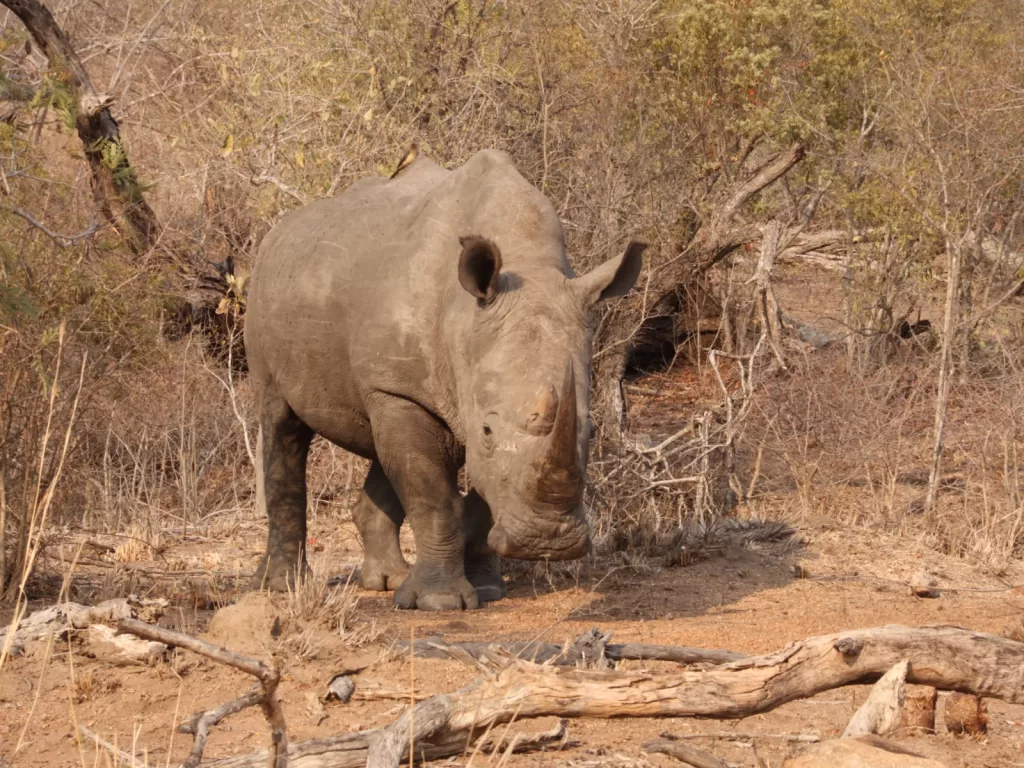
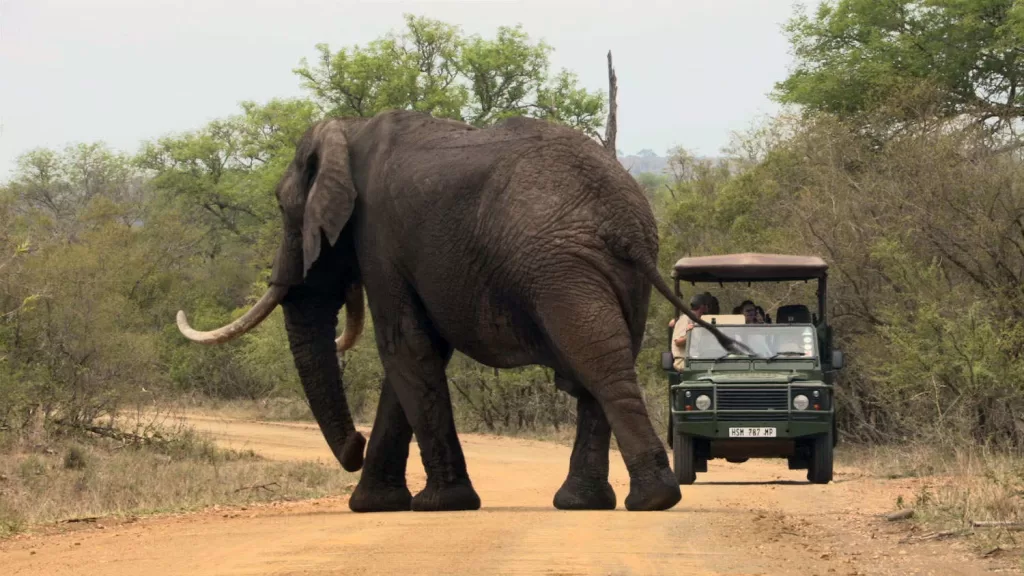
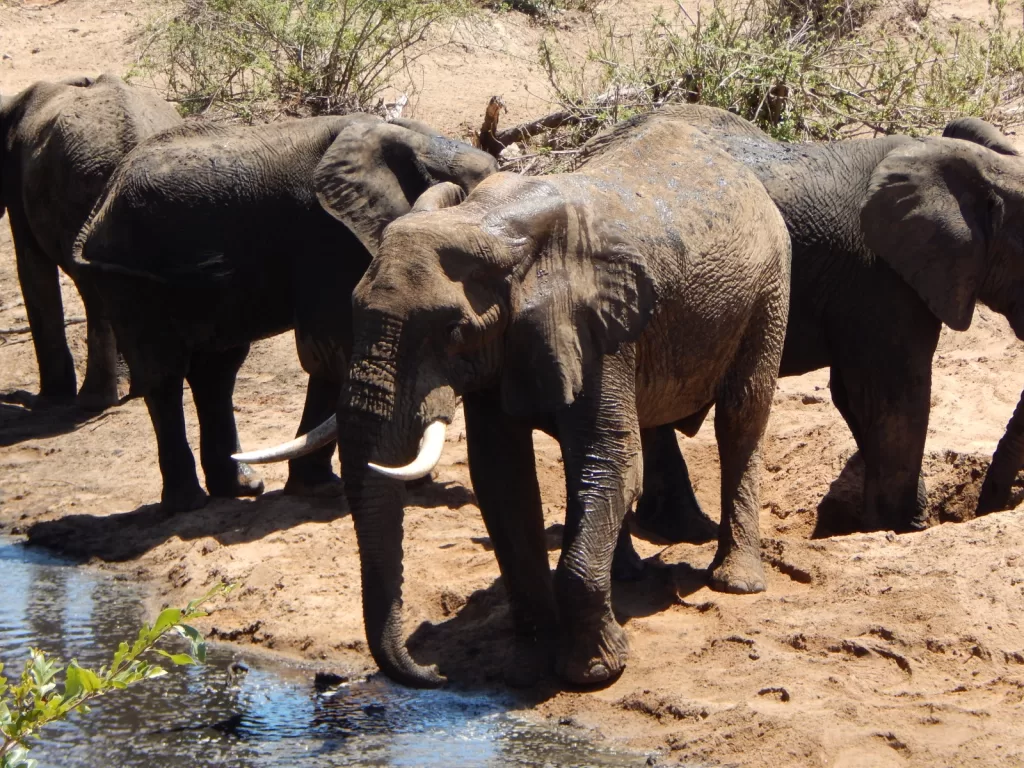
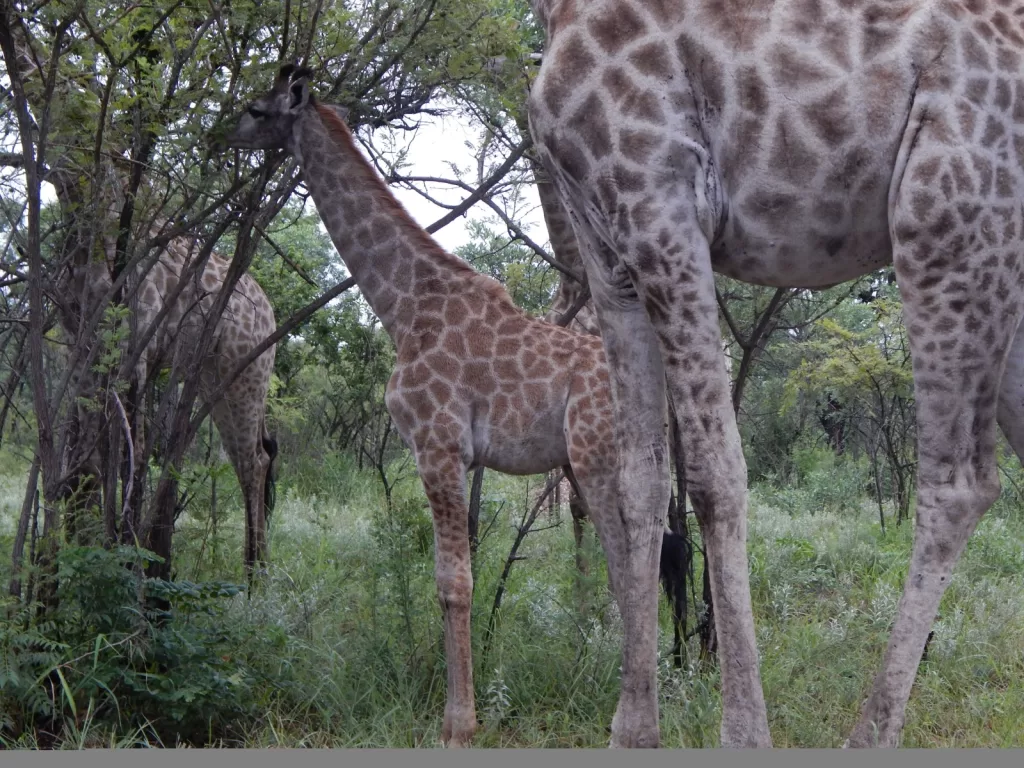
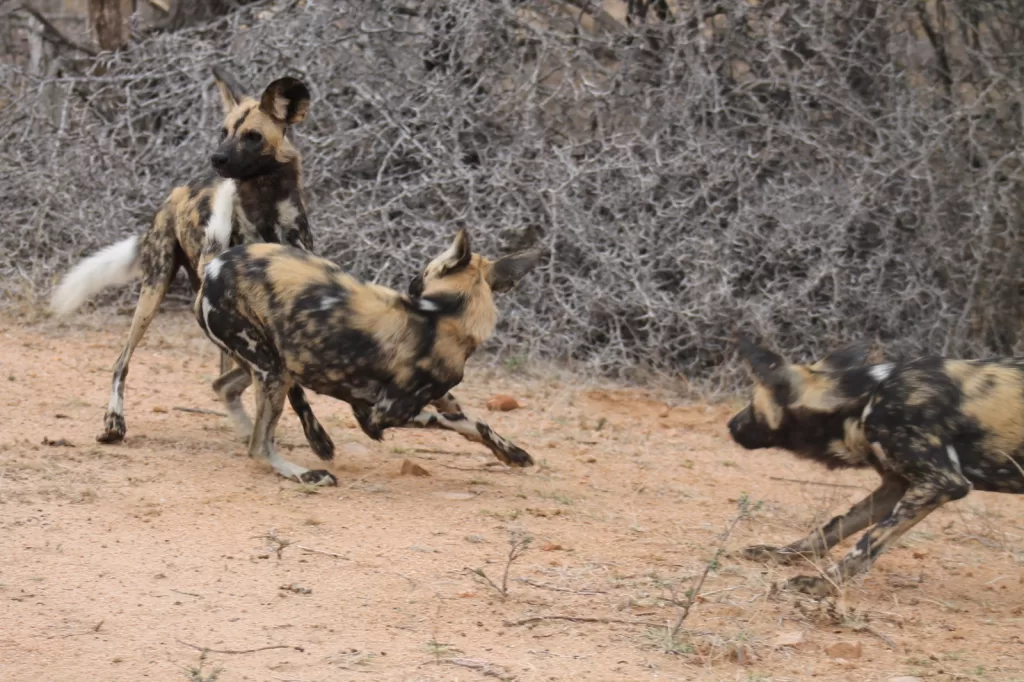
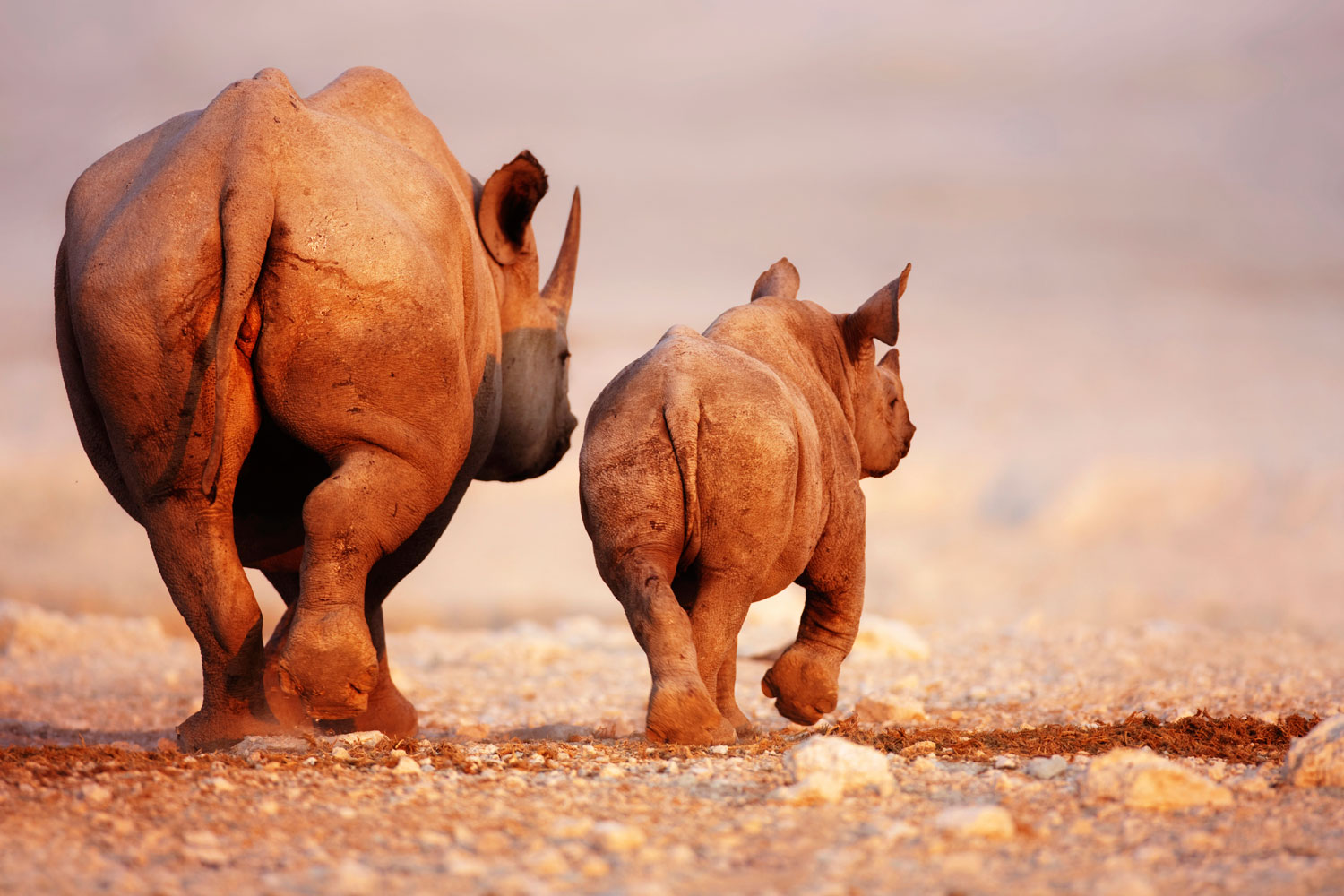
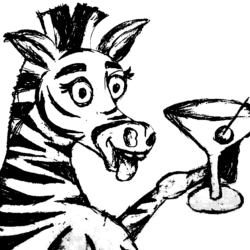
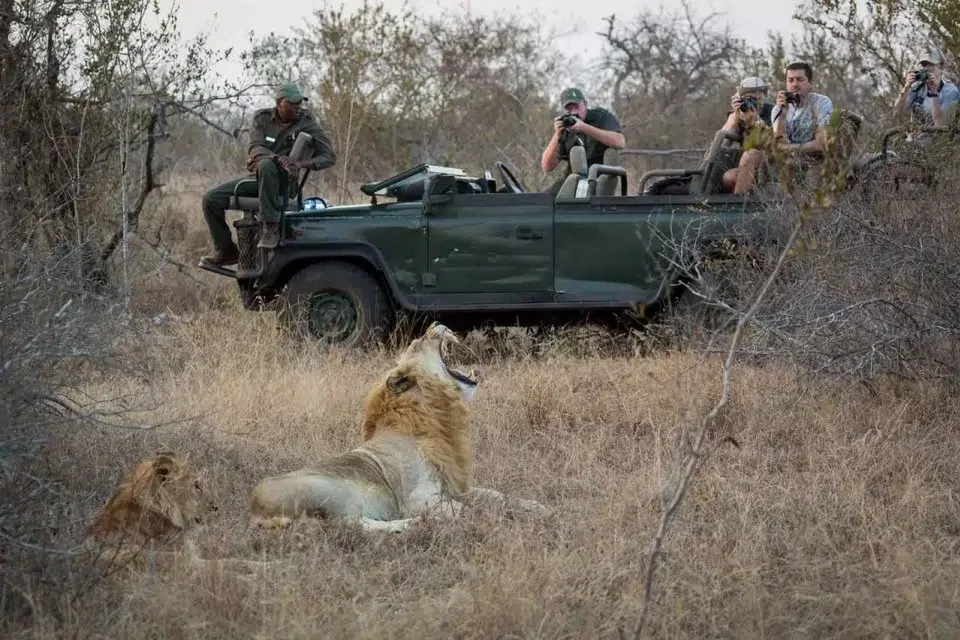
Facebook Comments